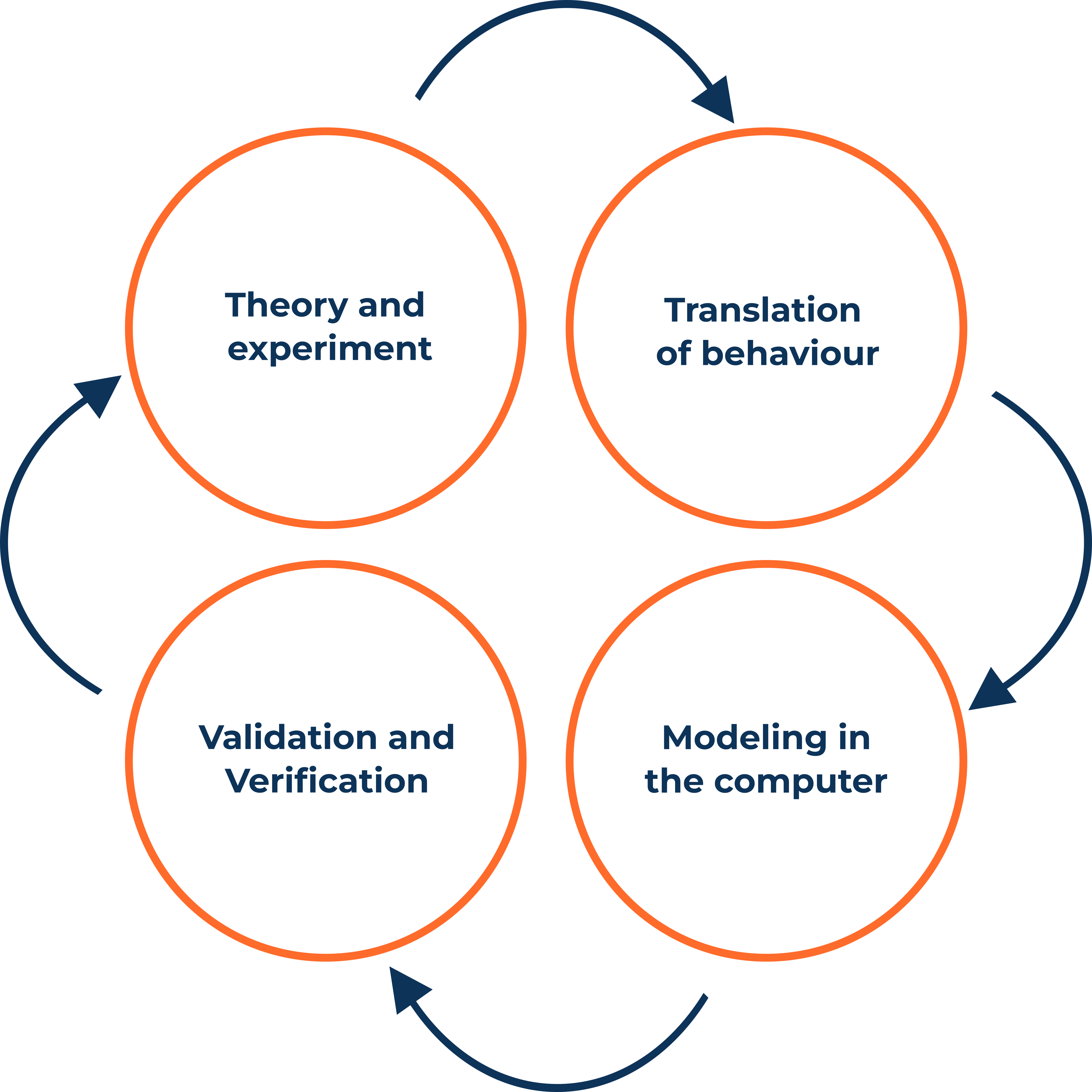Simulation model and the theory behind
What is inside a simulation software and how do you know if the results are reliable? Here is an overview.
Simulation model
Patterns of movement behavior are identified through observations, experiments, etc. (e.g. Institute for Advanced Simulation Jülich).

These patterns are evaluated and translated into models that describe different levels of movement.
The characteristics of the different levels of behavior are translated into algorithms and the computer models are calibrated.
Further information
Simulation model
Congestion assessment and fundamental diagram
Congestion evaluation according to DIN 18009-2
If many people have to leave a building quickly, congestion can occur. This increases the time it takes for people to get to safety. People flow simulations are a useful tool for simulating such situations in the planning phase. But what actually is a traffic jam? What criteria determine it? And how should the results be evaluated?
Learn moreThe basis: the fundamental diagram
The basis of the congestion evaluation is the fundamental diagram. This describes the formation of congestion. In microscopic analyses, the fundamental diagram is used to calibrate the programs.
Do you have any questions?
Arrange a non-binding introductory appointment with one of our experts now.
We look forward to hearing from you!
Phone: +49 (0)89 - 215 538 69
Mail: info@accu-rate.de
